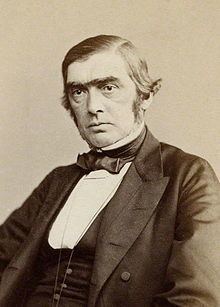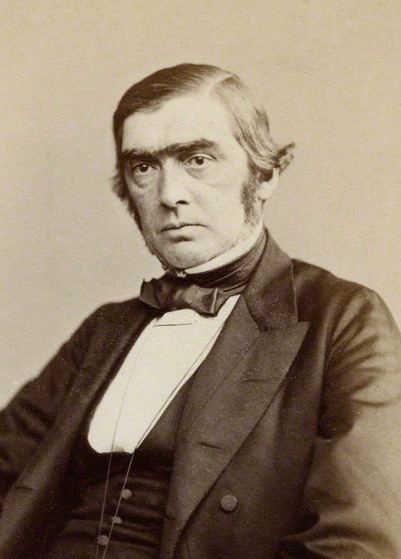Name John Hind | Role Astronomer | |
 | ||
Born 12 May 1823Nottingham ( 1823-05-12 ) Books The Comets: A Descriptive Treatise Upon Those Bodies. With a Condensed Account of the Numerous Modern Discoveries Respecting Them; and a Table of All the Calculated Comets, from the Earliest Ages to the Present Time Notable awards Lalande Prize, Royal Medal | ||
John Russell Hind FRS FRSE LLD (12 May 1823 – 23 December 1895) was an English astronomer.
Contents

Life and work
John Russell Hind was born in 1823 in Nottingham, the son of lace manufacturer John Hind and Elizabeth Russell, and was educated at Nottingham High School. At age 17 he went to London to serve an apprenticeship as a civil engineer, but through the help of Charles Wheatstone he left engineering to accept a position at the Royal Greenwich Observatory under George Biddell Airy. Hind remained there from 1840 to 1844, at which time he succeeded W. R. Dawes as director of the private observatory of George Bishop. In 1853 Hind became Superintendent of the Nautical Almanac, a position he held until 1891.
Hind is notable for being one of the early discoverers of asteroids. He also discovered and observed the variable stars R Leporis (also known as Hind's Crimson Star), U Geminorum, and T Tauri (also called Hind's Variable Nebula), and discovered the variability of μ Cephei. Hind discovered Nova Ophiuchi 1848 (V841 Ophiuchi), the first nova of modern times (since the supernova SN 1604).
Hind's naming of the asteroid 12 Victoria caused some controversy. At the time, asteroids were not supposed to be named after living persons. Hind somewhat disingenuously claimed that the name was not a reference to Queen Victoria, but the mythological figure Victoria.
He was elected a Fellow of the Royal Society in June 1863 and President of the Royal Astronomical Society in 1880.
He died in 1895 in Twickenham, London. Hind had married Fanny Fuller in 1846; he and his wife had six children.
